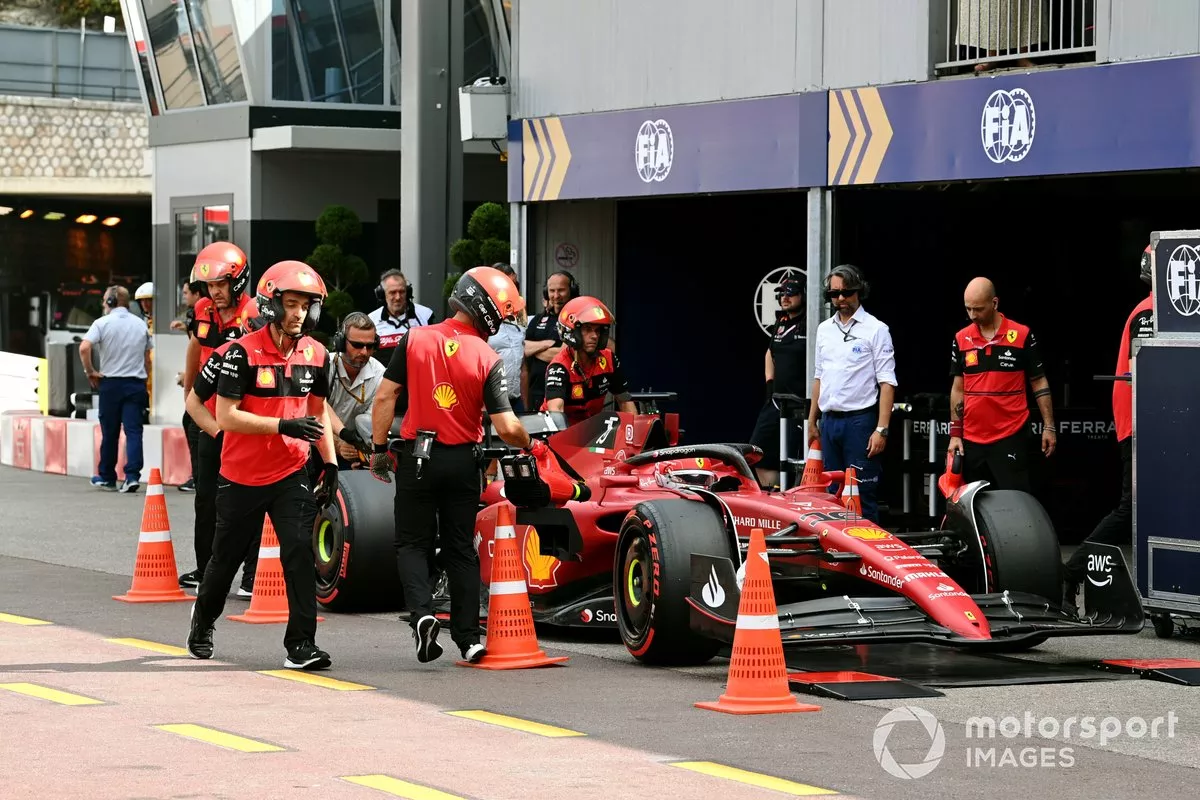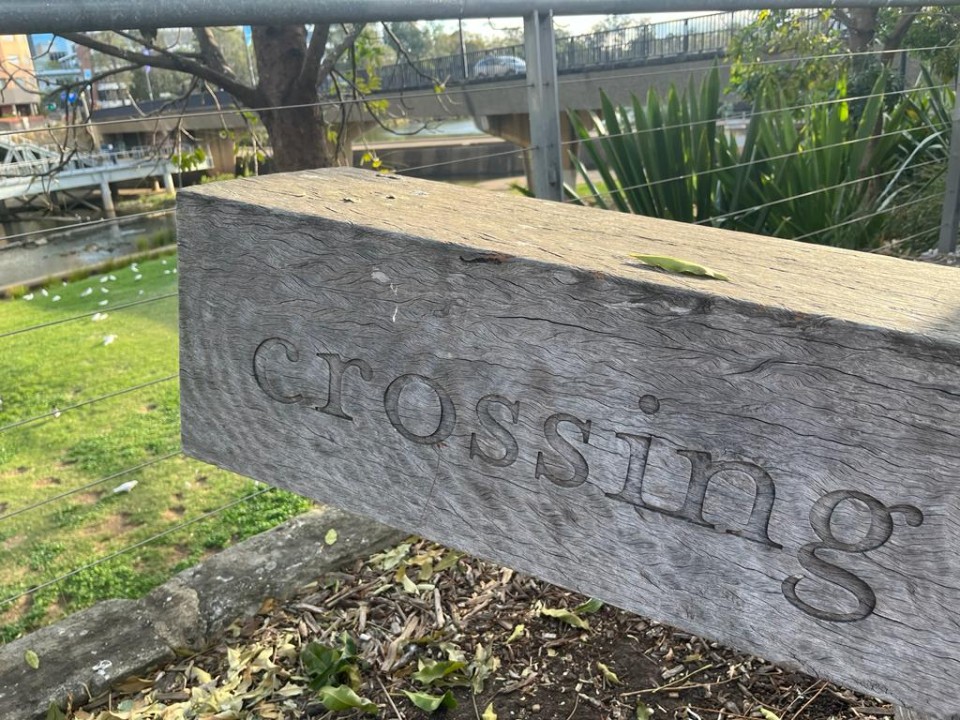Mind The Gap: Accessibility For Wheelchair Users On The Elizabeth Line

Table of Contents
Station Accessibility
The accessibility of Elizabeth Line stations for wheelchair users is a multifaceted issue, encompassing various design elements and operational aspects.
Ramp Access & Lifts
Many stations boast impressive lift systems, providing crucial vertical access for wheelchair users. However, inconsistencies remain.
- Excellent Lift Systems: Stations like Canary Wharf and Paddington generally have well-maintained, spacious lifts with clear signage.
- Stations Needing Upgrades: Some stations, particularly older ones integrated into the line, have older lifts that are prone to malfunction or are less spacious. Improved lift maintenance and replacement strategies are crucial.
- Lift Malfunctions & Impact: Reports of lift breakdowns are unfortunately common, causing significant delays and inconvenience for wheelchair users. Real-time monitoring and quicker response times are needed to mitigate this.
- Ramp Design: While many stations feature ramps, the incline and surface quality can vary. Steeper inclines can be challenging, and smoother surfaces are essential for safe and comfortable transit. Dimensions of accessible entrances also need standardization for consistent usability.
Platform Gaps & Boarding
The platform gap – the space between the train and the platform – presents a significant challenge for wheelchair users.
- Gap Sizes: The gap size varies across stations, posing different levels of difficulty for boarding. Consistent gap reduction across all stations is a key accessibility improvement.
- Boarding Ramps & Staff Assistance: Boarding ramps are provided, but their deployment and the assistance provided by station staff can be inconsistent. Improved staff training and better coordination are necessary.
- User Feedback: Wheelchair users report varying experiences, with some encountering easy boarding and others experiencing significant difficulties. Collecting and acting on this feedback is essential.
- Potential Solutions: Solutions include implementing automatic gap-filling systems, improving ramp design for smoother transitions, and deploying more reliable and easily accessible ramps.
Accessible Toilets & Assistance
The availability and quality of accessible toilets and staff assistance are crucial for a positive commuting experience.
- Accessible Toilet Provision: While most stations have accessible toilets, their number and condition vary significantly. A standardized provision of clean and well-maintained accessible toilets is necessary.
- Staff Training: Effective staff training in assisting wheelchair users is crucial. Training should cover safe assistance techniques, communication strategies, and how to handle emergency situations.
- User Feedback on Assistance: Feedback highlights inconsistencies in the quality of staff assistance, ranging from excellent support to inadequate or even unhelpful interactions.
- Recommendations for Improved Assistance: Clearer signage, more readily available staff, and ongoing training programs can significantly improve the assistance offered.
Train Accessibility
The accessibility features of the Elizabeth Line trains themselves are also crucial for an inclusive travel experience.
Wheelchair Spaces & Securement
The provision of wheelchair spaces and their securement systems significantly impact the experience for wheelchair users.
- Number of Spaces: While a sufficient number of wheelchair spaces are generally available, ensuring these spaces are consistently available and easily accessible is crucial.
- Securing Wheelchairs: The effectiveness of the wheelchair securing mechanisms is vital for safety and passenger comfort. Regular maintenance and clear instructions for use are key.
- Space for Accompanying Individuals: Adequate space for accompanying individuals is essential, particularly for those requiring assistance.
- Safety Considerations: Clear safety instructions and readily available assistance should be provided in case of emergency situations.
Announcements & Information
Clear and accessible announcements and information are critical for navigating the Elizabeth Line.
- Audio Announcements: Clarity and volume of audio announcements are essential, and they should clearly indicate relevant information for wheelchair users.
- Visual Information Displays: Visual displays showing platform information and train schedules are necessary for visually impaired passengers.
- Alternative Formats: Information should be accessible in alternative formats such as Braille for visually impaired users.
- User Feedback on Information Systems: Gathering and acting on user feedback regarding the effectiveness of the information systems is paramount.
Ongoing Improvements & Future Developments
TfL is continuously working to improve Elizabeth Line wheelchair accessibility.
Technological Advancements
Technology plays a crucial role in enhancing accessibility.
- Real-time Lift Availability Apps: Smartphone apps providing real-time information on lift availability can greatly aid planning and reduce delays.
- Sensor-Based Systems: Sensor-based systems to automatically detect and report accessibility issues can improve response times and maintenance.
- Improved Boarding Ramp Designs: Innovative ramp designs could further improve ease of boarding and reduce the platform gap.
User Feedback & Collaboration
User feedback is central to continuous improvement.
- Methods of Gathering Feedback: TfL utilizes surveys, focus groups, and online feedback channels to gather user experiences.
- Implementation of Feedback: TfL is actively working to implement changes based on this feedback, showing a commitment to improving accessibility.
- Collaboration with Disability Advocacy Groups: Collaborating with disability advocacy groups ensures the perspectives of wheelchair users are central to decision-making.
Conclusion
The Elizabeth Line represents a significant step forward, but ensuring complete accessibility for wheelchair users requires ongoing effort. While progress has been made, challenges remain in areas like platform gaps, lift reliability, and staff assistance. By prioritizing user feedback, embracing technology, and collaborating with disability advocacy groups, TfL can continue to improve Elizabeth Line wheelchair accessibility, making the line truly inclusive for all. Let's continue to advocate for improved Elizabeth Line wheelchair accessibility, ensuring a more inclusive and equitable public transport system for everyone.

Featured Posts
-
 Harry Styles Devastated Reaction To Poor Snl Impression
May 09, 2025
Harry Styles Devastated Reaction To Poor Snl Impression
May 09, 2025 -
 Canadian Housing Crisis Posthaste Down Payments Price Many Out
May 09, 2025
Canadian Housing Crisis Posthaste Down Payments Price Many Out
May 09, 2025 -
 Leon Draisaitl Reaches 100 Points Oilers Defeat Islanders In Overtime
May 09, 2025
Leon Draisaitl Reaches 100 Points Oilers Defeat Islanders In Overtime
May 09, 2025 -
 Turning Trash To Treasure An Ai Powered Poop Podcast From Mundane Documents
May 09, 2025
Turning Trash To Treasure An Ai Powered Poop Podcast From Mundane Documents
May 09, 2025 -
 Jeremy Clarksons Plan To Save F1 Ferrari Dsq Fears Resurface
May 09, 2025
Jeremy Clarksons Plan To Save F1 Ferrari Dsq Fears Resurface
May 09, 2025
Latest Posts
-
 The Impact Of Figmas Ai On Adobe Word Press And Canva
May 10, 2025
The Impact Of Figmas Ai On Adobe Word Press And Canva
May 10, 2025 -
 Apple At A Crossroads The Challenge Of Ai Leadership
May 10, 2025
Apple At A Crossroads The Challenge Of Ai Leadership
May 10, 2025 -
 Analyzing Figmas Ai Implications For Adobe Word Press And Canva
May 10, 2025
Analyzing Figmas Ai Implications For Adobe Word Press And Canva
May 10, 2025 -
 Navigating The Crossroads Apples Future In Artificial Intelligence
May 10, 2025
Navigating The Crossroads Apples Future In Artificial Intelligence
May 10, 2025 -
 Analysis Putins Victory Day Ceasefire And Its Implications
May 10, 2025
Analysis Putins Victory Day Ceasefire And Its Implications
May 10, 2025
